During the Edo period, Nihonbashi was the starting point of the Gokaido (Five Routes), and became a bustling place due to water transportation and the development of merchant districts. Many long-established stores that continue to this day were founded during the same time period. Here we introduce the prosperity of Nihonbashi at that time and the emergence of long-established stores that remain in business to this day.
A city where a wide variety of products gather and people come and go
In around 1800, the population of Edo reached 1.2 million, making it one of the largest cities in the world in terms of both area and population. The population of Paris in the same time period was about 500,000, while that of London was about 900,000, indicating how prosperous Edo was. Under such circumstances, various products from all over the country gathered in Nihonbashi via the Gokaido (Five Routes) and marine transport, and the fish market at the foot of Nihonbashi was very active. Its prosperity was so great that it was likened to the “Venice of the Orient,” and aggrandized in a senryu poem: “Nihonbashi — The Port of the Dragon’s Palace.” Many canals and riverbanks were built on the land facing the sea, and the view of wholesalers’ warehouses lined up showing their white walls can be seen in many nishiki-e prints.

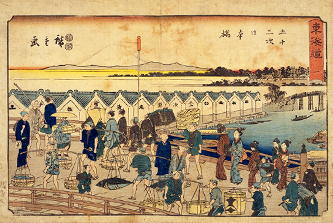
Establishment of long-established businesses
“Mitsui Echigo-ya Gofukuten” and “Shirokiya” are long-established stores that later became department stores and remain in business to this day. Many other long-established businesses that introduced traditional Japanese “cuisine” and “techniques” also started in the same time period, and still offer attractive products and technologies today.
Yagicho Honten
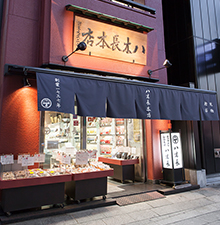
Long-established dry goods store
Established in 1737
Yamamoto Noriten
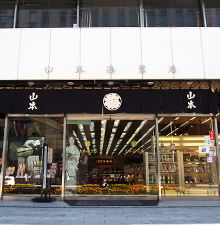
Long-established seaweed store
Established in 1849
Sembikiya Fruit
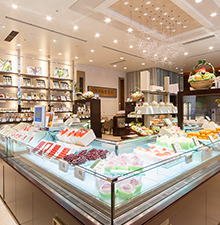
Long-established fruits store
Established in 1834
Nihonbashi Kiya
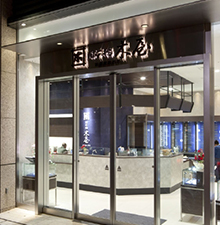
Long-established cutlery shop
Established in 1792
Ninben
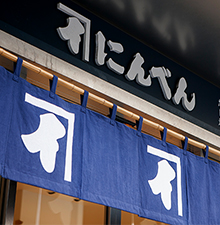
Long-established dried bonito specialty store
Established in 1699